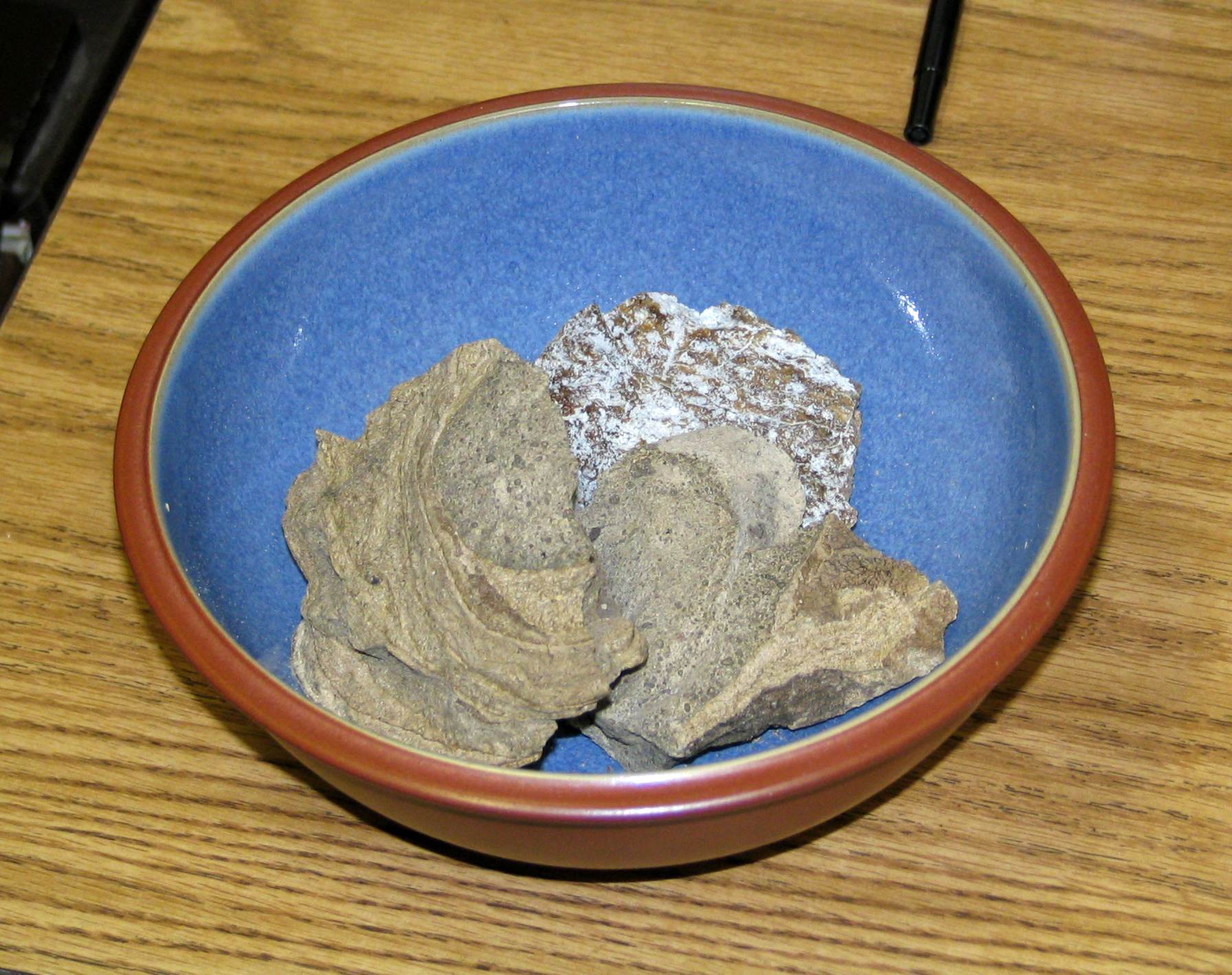If you’re a fan of perfumes, then you probably have your favourite go-to types of scents. If you’re particular about what gets put into your food, are you as particular about your fragrance? What if you realise that the scents actually have weird ingredients that are actually animal excrement? Yes, we’re talking even those fancy, expensive bottles of fragrance at a perfumery.
Here are some bizarre ingredients that sometimes go into fragrances:
Ambergris
Ambergris is the most expensive animal compound used in perfumes, and it’s a digestive byproduct of endangered sperm whales. Resembling a grey stone, ambergris is a concretion undigested squid and octopus beaks which is pooped out by the sperm whale – it then floats to the surface and harvested (or it washes ashore). Once it’s in the seawater, the oxidation and sun transform this poop into something used in perfumes. Since unoxidised ambergris don’t have the desired scent, no whales are harmed in its production; but because it’s super rare, it goes for around US$10,000 per pound.

Castoreum
Who knew beaver butts excrete a vanilla-like scent? Castoreum is basically the oily secretions of the beavers’ castor sac – because of its close proximity to the anal glands, the substance often contains anal secretions and urine. When diluted with alcohol, it reveals a pleasant, musky and fruity nuance, and is used in many perfumes for its lustful and wildly scent. Even weirder is that castoreum is sometimes used as a food flavouring (like vanilla-flavoured stuff) – it’s labelled as “natural flavouring” – but it’s rare because it’s expensive and difficult to obtain.

Civet
Also known as civet musk and civet oil, they’re actually oil secreted from perineal glands of civets (they’re often called civet “cats” although they’re closer related to the mongoose, and is basically the same family as a musang). Civet odour is strong when it’s fresh, but once diluted it’s sweetly aromatic. Most big perfume houses have replaced civet with synthetic versions because of the inhumane civet farming conditions, but you may find some smaller brands that use this ingredient (ie. Rose Poivrée by The Different Company).

Hyraceum
Hyraceum, or African Stone, is another animal essence – this time it’s the crystalised poop of the hyrax, a large rodent that resembles a marmot. Used in small doses, it has a delicate scent. Hyraceum is excrement which is decomposed with pheromone-rich urine and washed away by rainwater in soil. This is then fossilised as stones in caves and then picked by hyraceum pickers, who break the stones with chisels and hammers. Hyraceum is rare and therefore quite expensive. It was also once used as remedies for epilepsy, anxiety, and skin problems.

Musk
Musk – a favourite type of scent for many people thanks to its sweet, lustful scent – is another sexual gland secretion, this time from the gland of a male musk deer that’s located near its penis. It originally smells putrid, so it has to be soaked in alcohol for months or years. Since it’s an endangered animal (making it a valuable product), nearly all musk fragrance used in perfumery today is synthetic, sometimes called “white musk”. Some perfume houses that do use real musk procure them from ethical sources, as the musk deer is a protected species.












